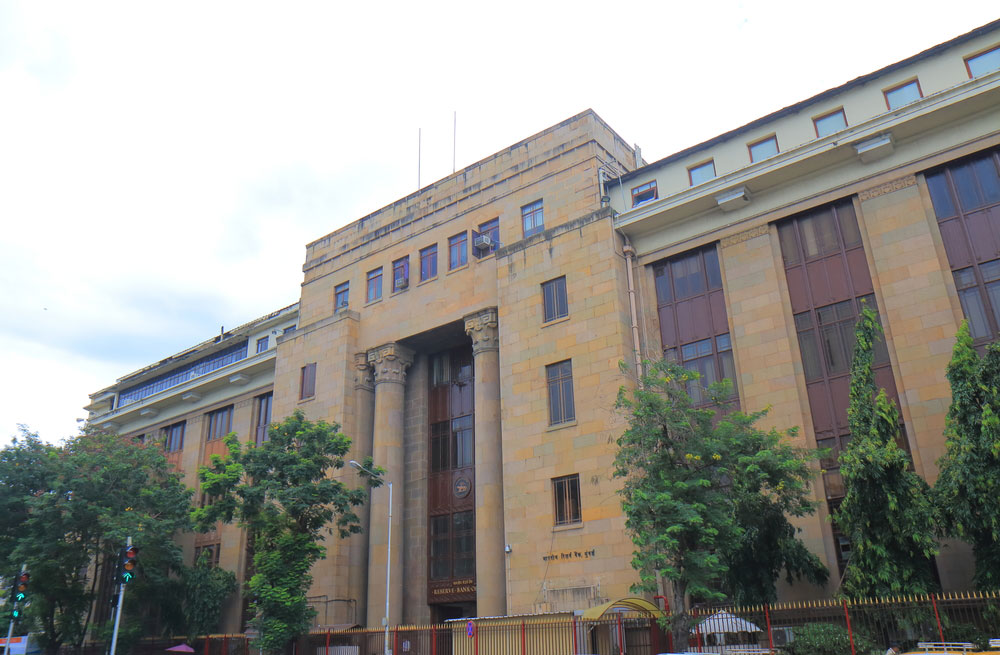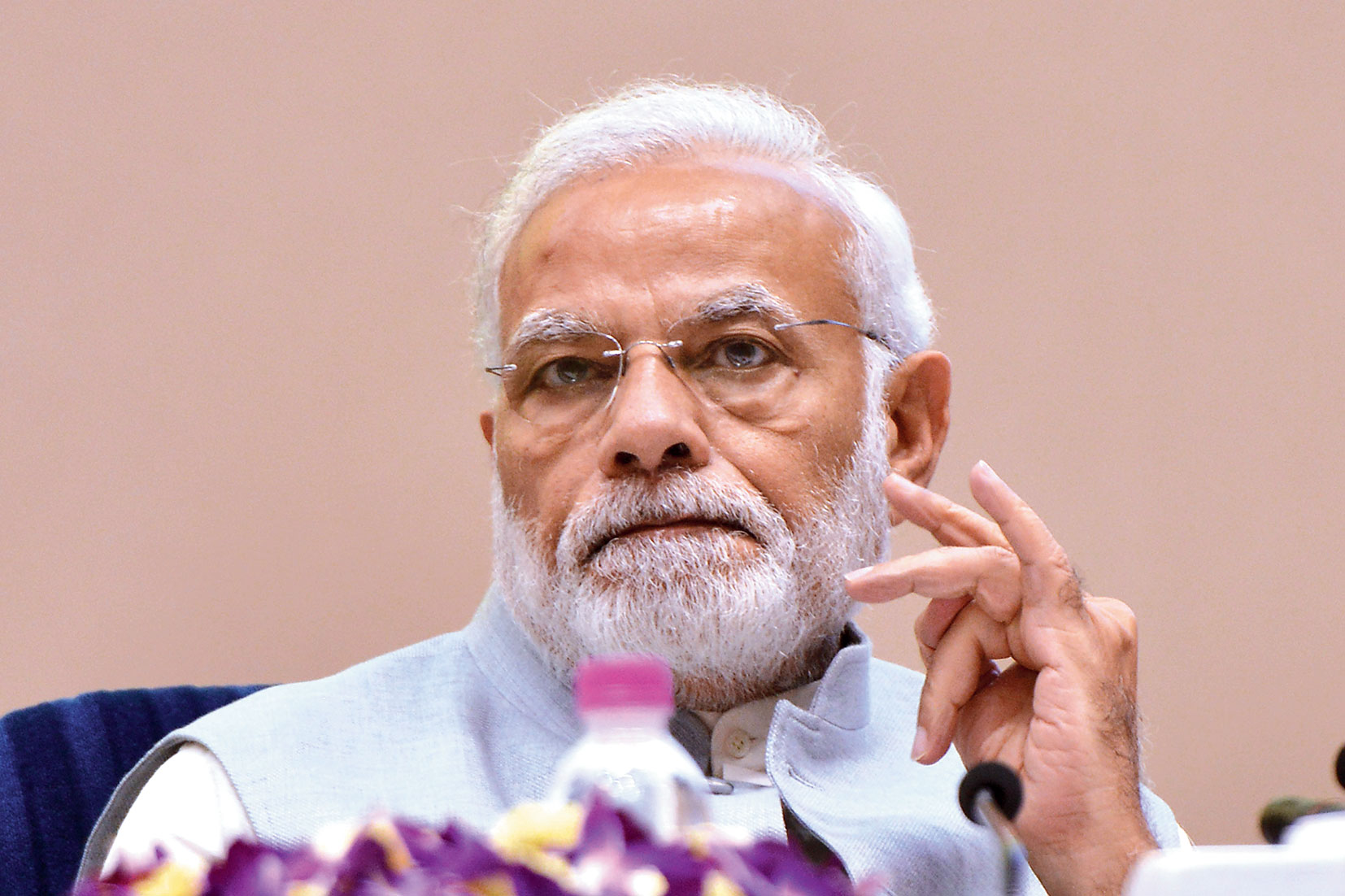The Reserve Bank of India, which is under pressure from the government to funnel more credit to small and medium-scale businesses, is expected to emphasise the point that the regulator has classified all credit given to micro, small and medium enterprises (MSMEs) under the priority lending scheme and removed all credit caps that had been placed on loans to this sector.
This has ensured that effectively there are no real constraints on credit flow to MSMEs.
The central bank had fixed a sub-target on lending to the micro segment of industry — that is, units with an annual turnover of not more than Rs 5 crore — under the priority sector lending at 7.5 per cent and made this target mandatory for all foreign banks with more than 20 branches from this year.
Moreover, 10 of the 12 public sector banks that were brought under the rigour of the prompt corrective action (PCA) framework since April last year have also achieved the priority sector lending target for this sector as on March 31 this year.
The target
The priority sector lending (PSL) programme mandates banks to provide to certain sectors of the economy.
Loans provided through this channel amounts to 40 per cent of a bank’s adjusted net bank credit.
The PSL sub-target of 7.5 per cent for the micro sector was introduced for the first time in April 2015. It was to be achieved in a phased manner: 7 per cent by March 2016 and 7.5 per cent by March 2017.
The RBI data on these loans show that of the 12 banks, including one from the private sector under PCA, 10 have achieved the target as on March 31, 2018.
Among the 10 public sector banks outside the PCA, eight have achieved the target. Besides, 15 of the 20 private sector banks have also met this target.
However, the critics of the RBI will focus on the fact that the data also show that gross credit to MSMEs as on September 28 — the latest date for which data is publicly available — shows a fall of 2.5 per cent since the start of this financial year.
However, loans to medium-scale firms — that is, units with an annual turnover between Rs 75 crore and Rs 250 crore — have risen by 1.5 per cent since March 31 this year.
The RBI officials will claim that the fall in credit to the micro segment is only a blip.
“When it comes to MSMEs, the RBI has taken a plethora of steps to improve the credit. The problem in this sector relates to more of credit absorption than credit availability. There are still a few MSMEs that are facing the brunt of GST. Once they come into the formal system, the trend will be reversed,” sources told The Telegraph.
NPA parameters
MSMEs do not fall within the ambit of the contentious February 12 circular of the RBI which requires banks to declare a loan account as a non-performing asset for even one day of default, sources said.
The circular had mandated that if a borrower defaults even for a day, the bank should commence the process of resolution. It excluded loans availed by MSME units up to Rs 25 crore from its purview.
The average outstanding loan size for the micro segment is Rs 2.7 lakh.
The comparative figures for the small and medium units are Rs 26 lakh and Rs 92 lakh — well below the Rs 25-crore threshold. Therefore, almost all the MSME loans are outside the purview of the February 12 circular and will have the option of revival under the less stringent rules framed in March 2016.
Bankers added that the resolution process under the framework, which was fixed by the RBI in consultation with the government, is borrower driven.
Moreover, the central bank had in February and June this year, relaxed the NPA norms in the sector to allow them to cope with the challenges following the implementation of the GST.
Further, to ensure timely availability of funds to the MSME sector, the RBI also facilitated the setting up of the Electronic Bill Factoring Exchanges in the country.
These exchanges provide for quick discounting of MSME bills and help them raise funds without delay.













